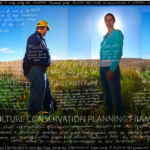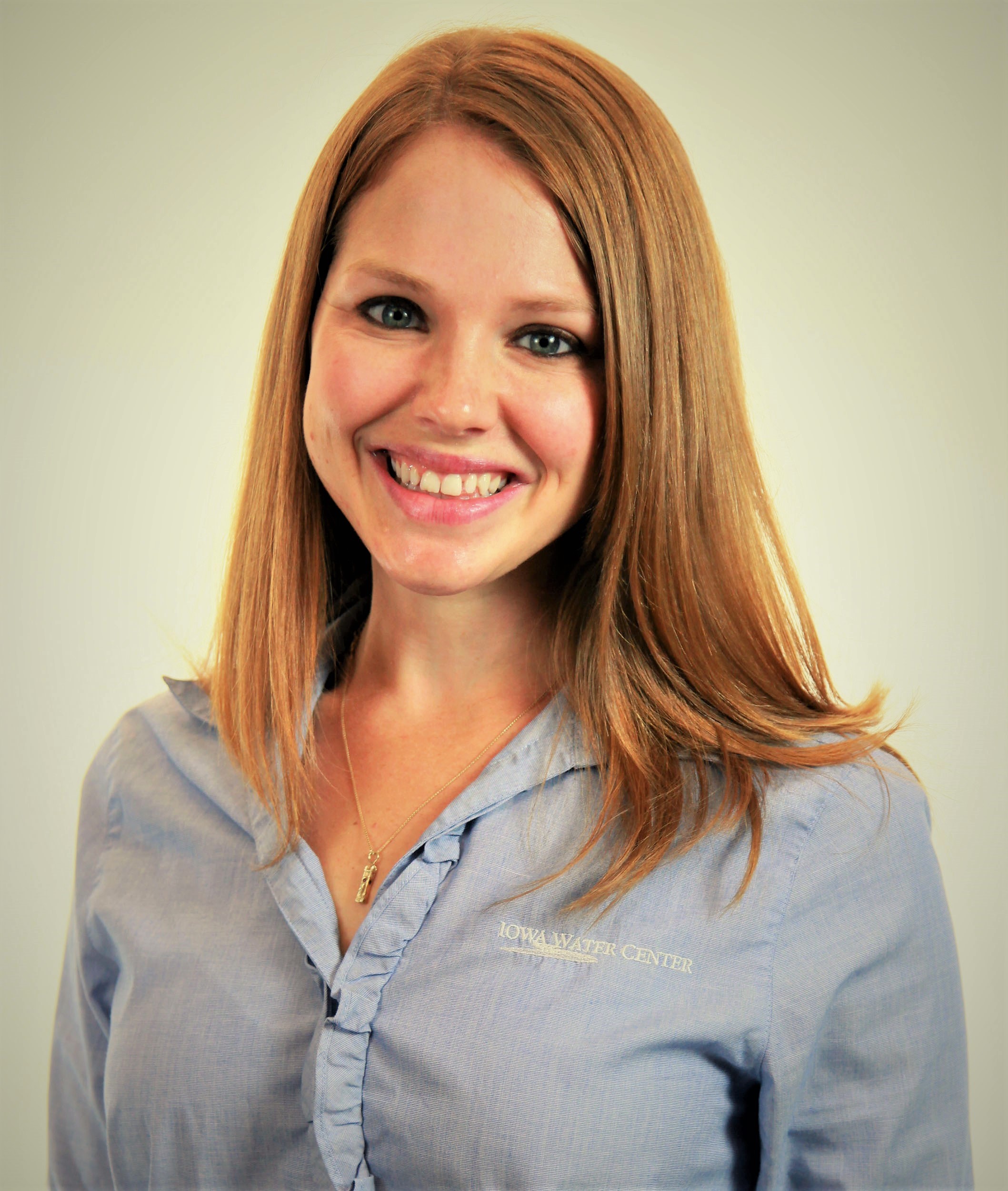Post written by Hanna Bates, Program Coordinator for the Iowa Water Center
I remember the first time I visited one of the Great Lakes. I was 14-years-old on a family vacation to Chicago, Illinois. Like everyone who goes to the Windy City, I took a trip up the 100-story John Hancock Tower in an ear-popping elevator to the observatory deck to look out on to the expanse of the city as well as the endless blue of Lake Michigan that expanded for miles and miles. To me, it was like seeing the ocean. What I didn’t know at the time was that I was indeed, seeing a little bit of the saltwater seas because invasive species have been carried along with cargo ships from around the world and released them into the lakes. For years, their presence has been disrupting the aquatic ecosystem and destroying native species. These processes of changing ecological habitats were spurred by short-sighted policies and a race to compete in a global economy.
In Dan Egan’s The Death and Life of the Great Lakes, decades-long investigative reporting for the Milwaukee Journal Sentinel has culminated into a book that reveals how the Great Lakes changed over time for the worse. This evolution was created by changes in the hydrology to accommodate the shipping industry and the varied approaches to natural resource management to remediate the unending cycle of invasive species. From lampreys, that act as vampires of the sea who drain life from native species, to pipe-clogging mussels, the Great Lakes’ aquatic ecosystem and those who use its resources for fishing, recreation, and shipping commerce have had many problems to contend with throughout the last century.
The bulk of the book serves as a historical review of the reoccurrence of invasive species that cost lake managers, coastal municipalities, and fishermen billions of dollars. This started with a major event – the adaptation of the St. Lawrence Seaway to be a navigable water for cargo ships for seaway commerce and the belief that the canal could compete with other global river highways. Although the Great Lakes naturally flow to the Atlantic Ocean, invasive species have found their way against the current of the channel by hitching a ride on ships either on deck or below in ballast water, which is water stored on a ship to maintain stability in choppy waters and unfavorable weather. Ships carry sea water into the Great Lakes and then discharge millions upon millions of gallons of this water into Great Lakes ecosystem that carry bacteria, plant life, and fish organisms. Invasive species that have phased through the lakes during the last century include Lampreys, Alewives, Zebra and Quagga mussels, and Carp. The invasive species started killing the top of the food chain in the lakes, but newer invasive species started to do something more dangerous to the ecosystem, according to Egan. They began to consume vast quantities of bacteria and algae that form the entire foundation of aquatic ecosystems, which creates a ripple effect to larger aquatic life in the lake.
Egan’s book includes many notable stories of municipalities and agencies who changed watershed hydrology to solve short-term problems for urban development and expansion. In doing so, they created long-term negative impacts on regional natural system. Originally, problems within the lakes were sealed from the rest of the US. They were isolated from regions like the Mississippi River Basin where 31 states rely on riparian systems for fishing, recreation, and public drinking water. In 1900, the City of Chicago reversed the flow of the Chicago River to no longer exit in Lake Michigan. Rather, it was routed to drain into the Des Plaines River that leads to the Mississippi River. The purpose of this was to not only find a new route for the Chicago sewage system to flow, but to also prevent flooding in urban areas next to Lake Michigan. Doing so opened up the maelstrom in the lakes to the entire Mississippi River system. In my own further research after reading Egan’s book, species such as Zebra Mussels and Asian Carp are present in Iowa, according to the Iowa Great Lakes Association (Iowa Great Lakes Association 2018).
I highly recommend this book for water professionals and the layperson who wants to know the risk nonnative species pose to our water system and the history of our evolving waterscapes in the U.S. Not only this, but Egan also describes water access in an age of climate change where cities across the US are running low on water supplies.
Overall, The Death and Life of the Great Lakes demonstrates that local changes can have regional impacts to those who do not always get a say in the matter, such as those in Toledo, Ohio or downstream on the Colorado River. During a PBS New Hour Interview, Dan Egan states that it’s not likely that we can ever restore the lakes back to what they used to be before their use as riparian highways for goods. Rather, we should better appreciate the majesty of the lakes as well as approach our relationship with the lake with more humility when it comes to natural resource management.
References:
Iowa Great Lakes Association. 2018. Fish Barrier/Asian Carp. Web accessed: https://iagreatlakes.com/category/fish-barrierasian-carp/
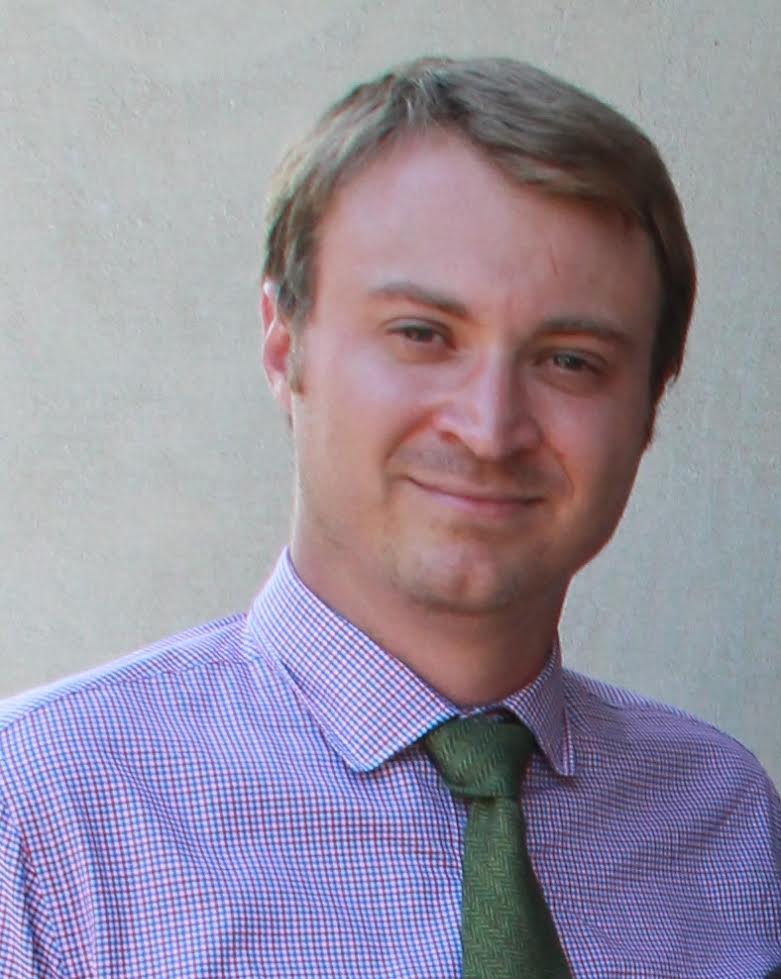 Joe Otto joined the Iowa Water Center in November of 2018 as the Communications Specialist. His duties include academic researching, copy writing and editing, contributing to the Iowa Water Center blog, and engaging the public via meetings, educational presentations, and other professional outreach efforts.
Joe Otto joined the Iowa Water Center in November of 2018 as the Communications Specialist. His duties include academic researching, copy writing and editing, contributing to the Iowa Water Center blog, and engaging the public via meetings, educational presentations, and other professional outreach efforts.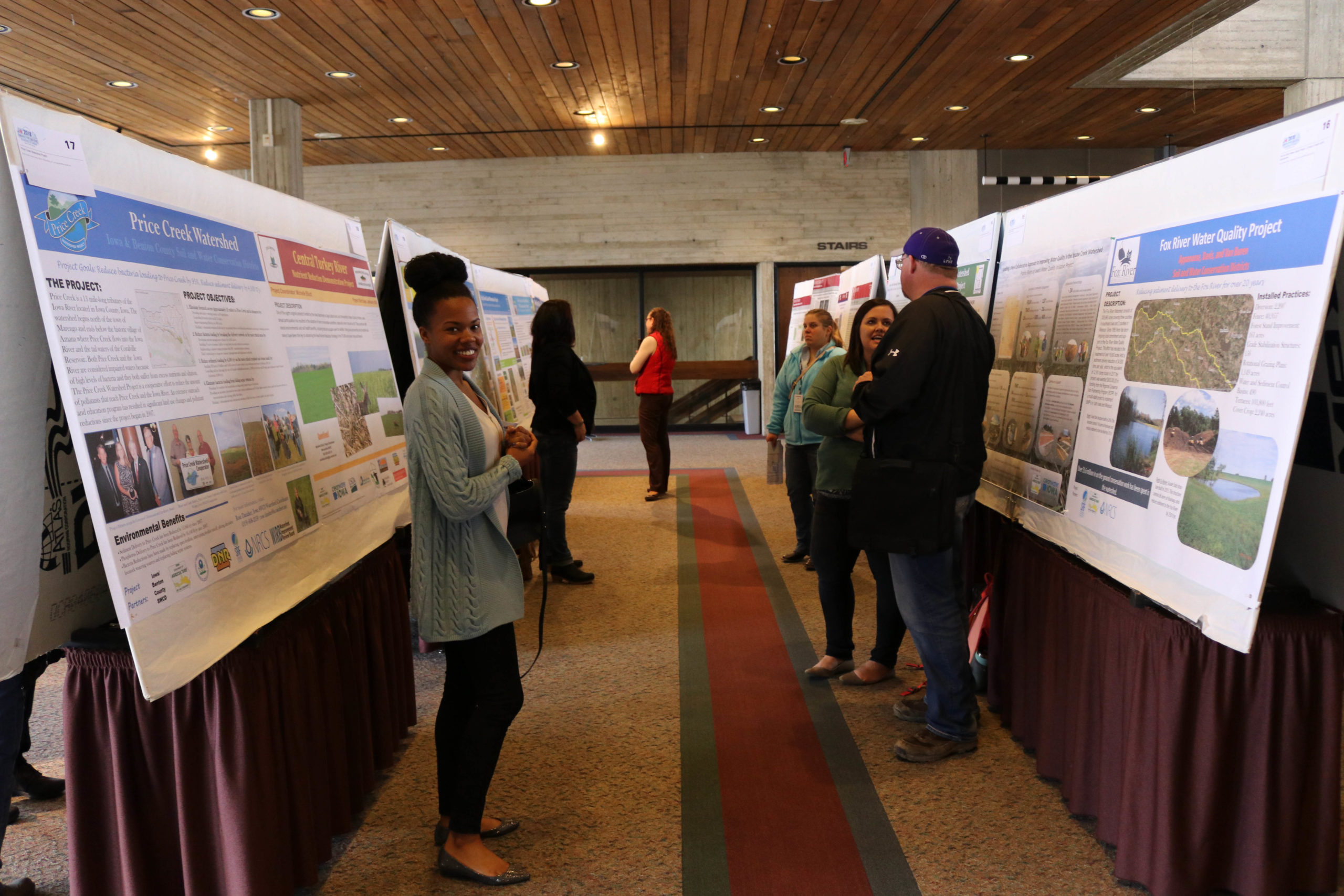
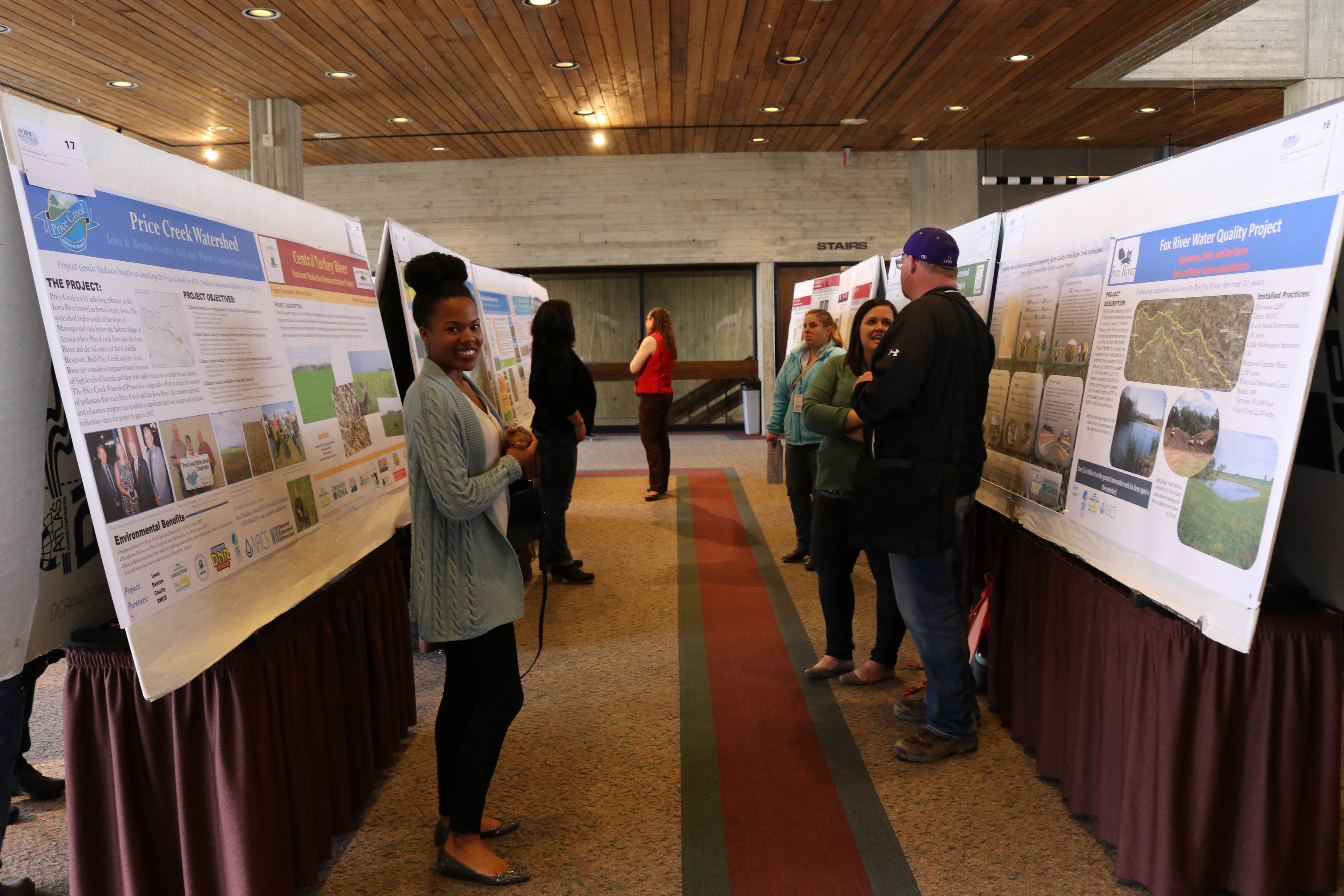
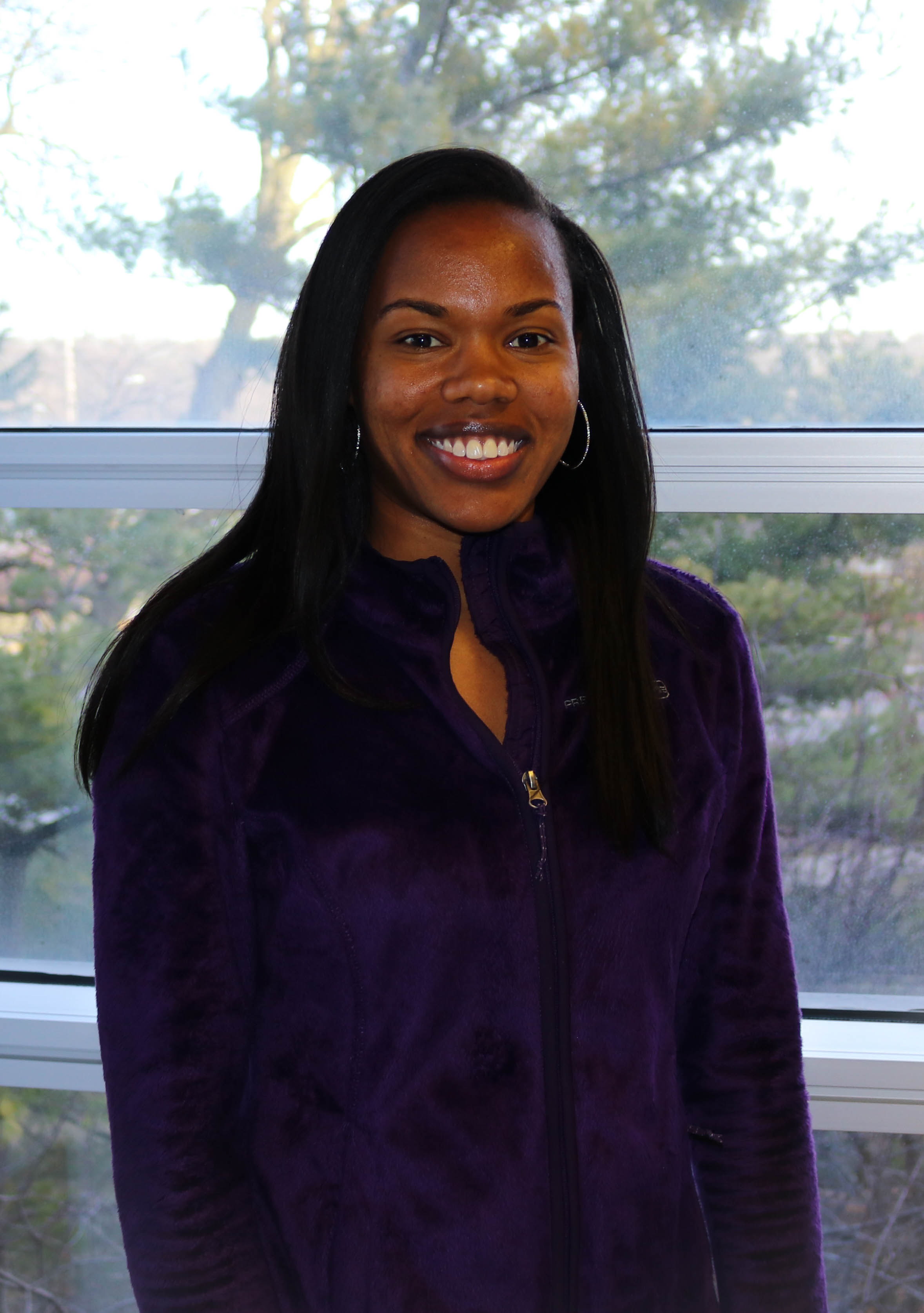
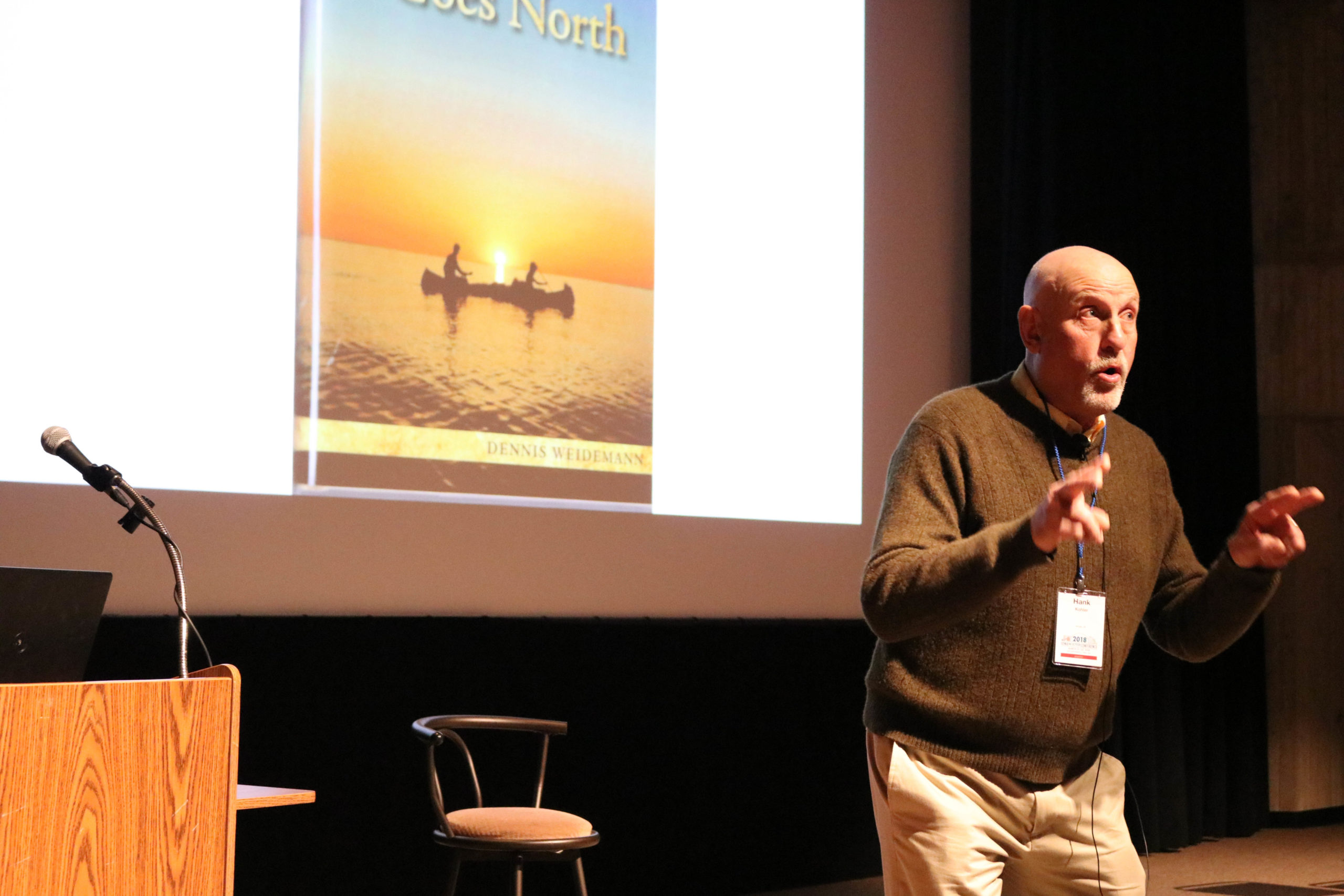
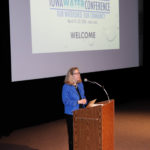
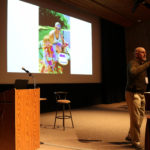
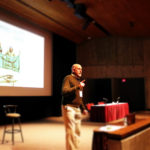
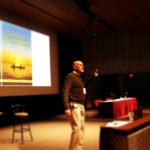
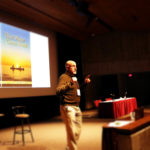
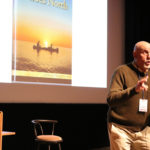
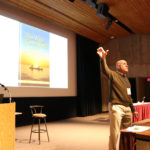
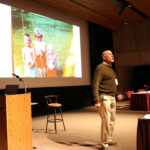
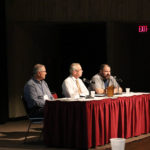
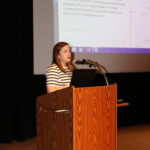
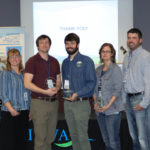
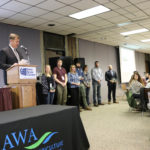
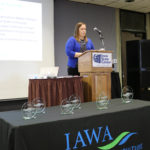
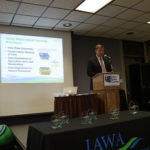
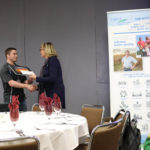
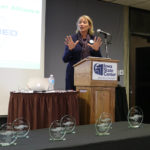
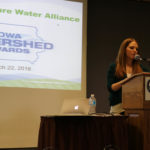
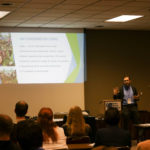
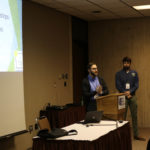
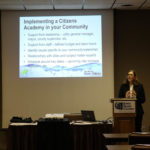
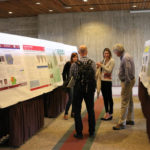
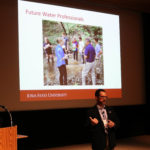
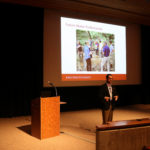
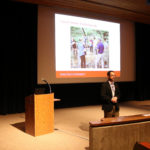
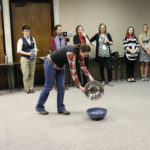
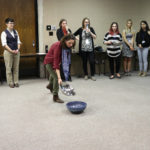
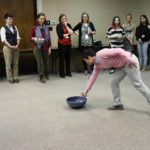
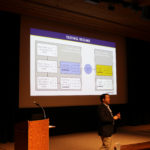
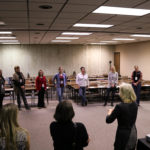
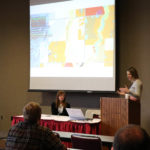
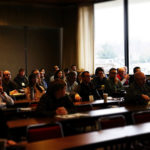
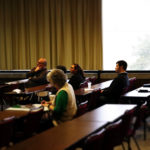
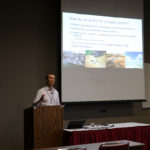
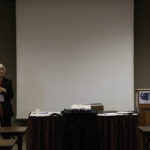
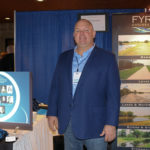
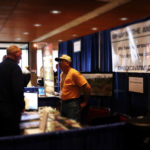
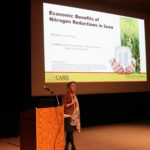
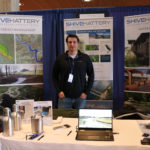
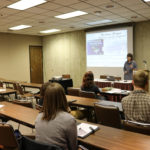
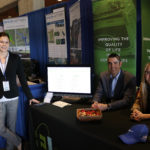
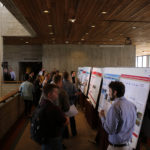
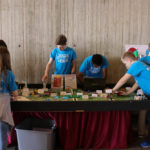
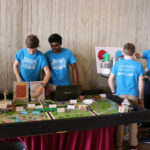

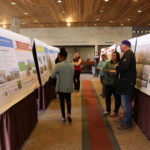
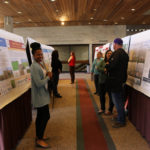
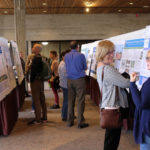
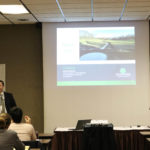
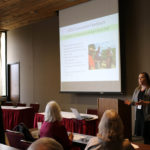
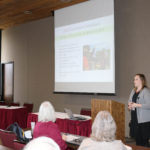
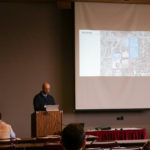
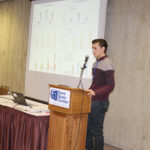
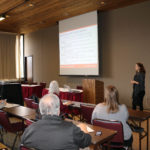
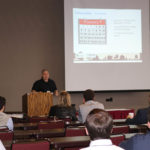
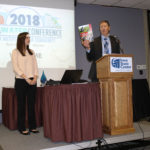
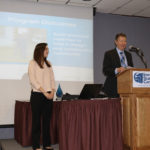
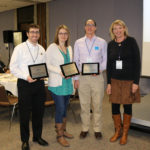
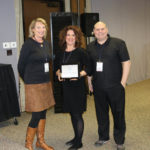
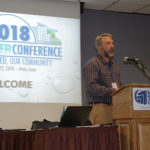
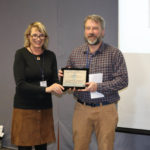
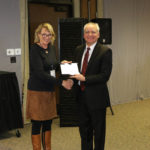
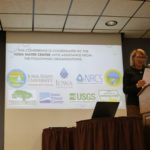
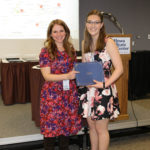
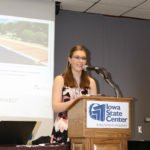
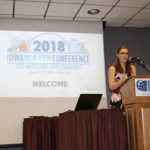
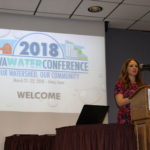
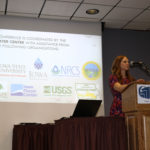
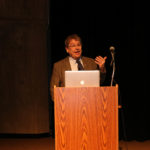
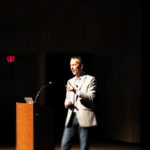
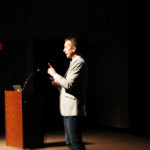
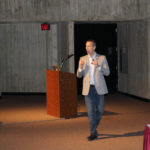
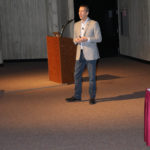
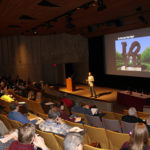
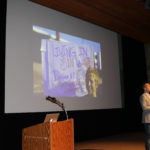
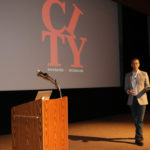
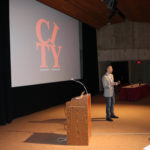
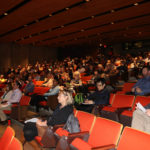
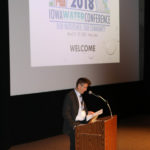
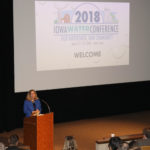
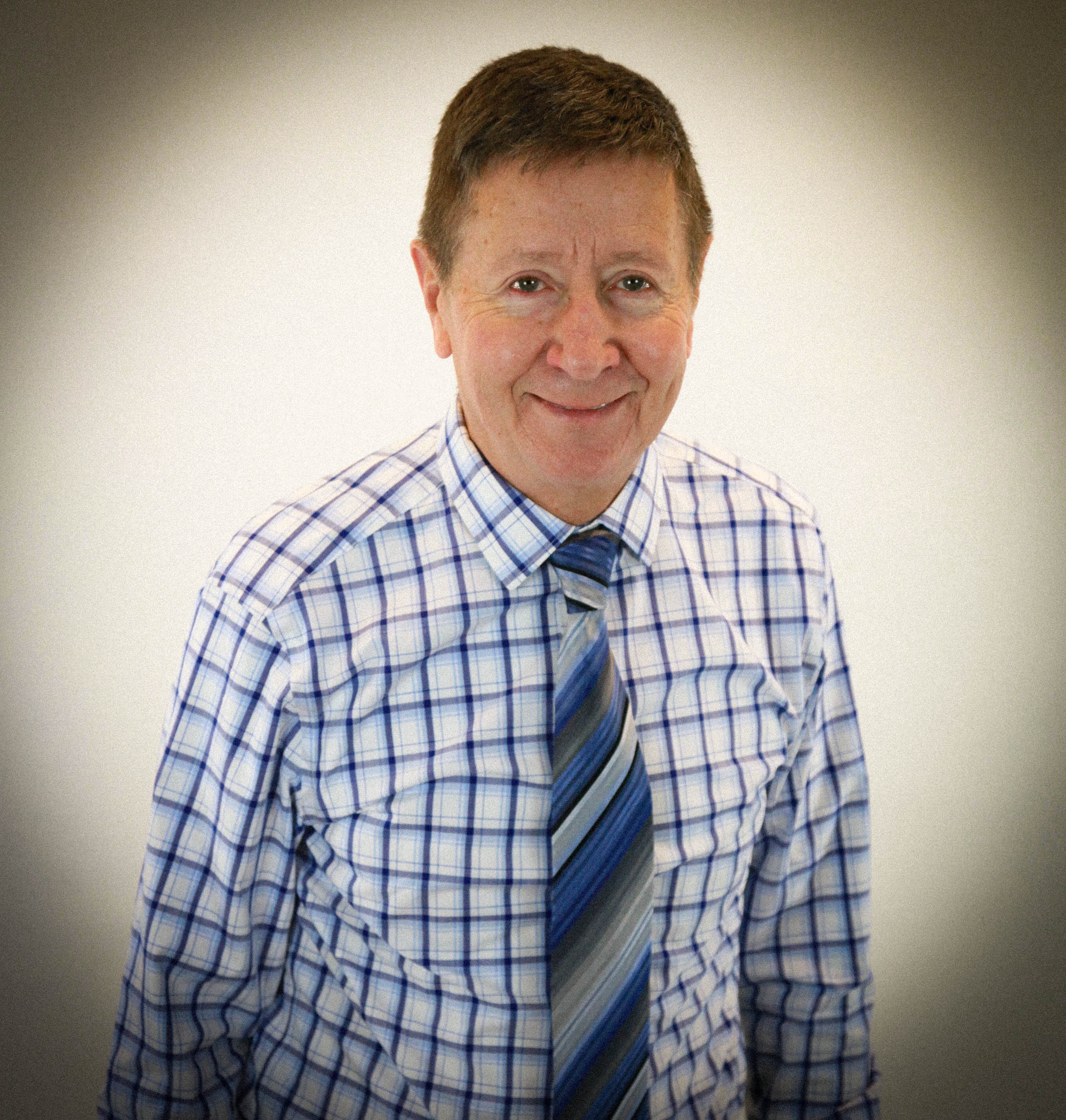 Rick is a professor in the Department of Agronomy at Iowa State University where he has administration, research, teaching, and extension responsibilities focusing on soil and water management; he is also Director of the Iowa Water Center. He earned his BS from Iowa State University and MS and PhD from the University of Minnesota.
Rick is a professor in the Department of Agronomy at Iowa State University where he has administration, research, teaching, and extension responsibilities focusing on soil and water management; he is also Director of the Iowa Water Center. He earned his BS from Iowa State University and MS and PhD from the University of Minnesota.